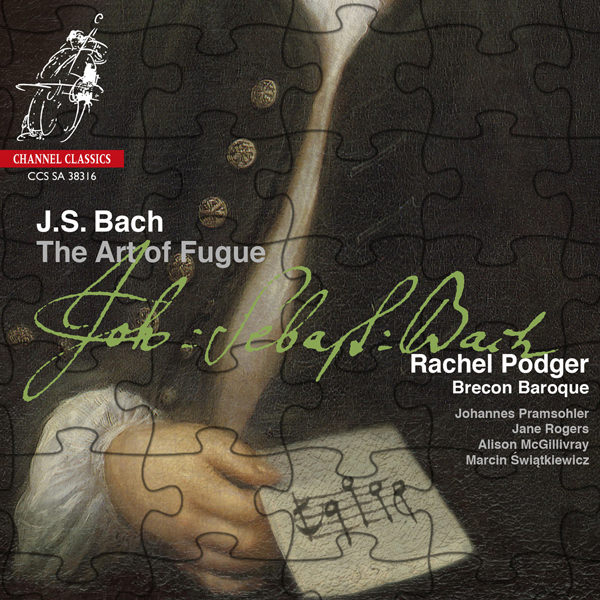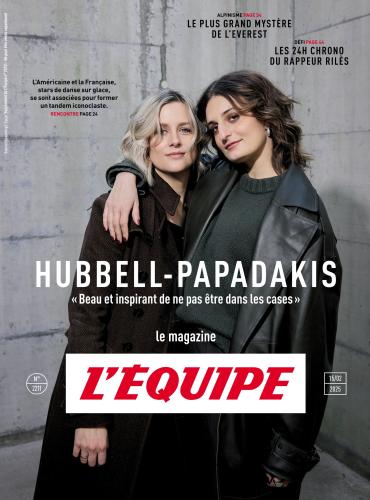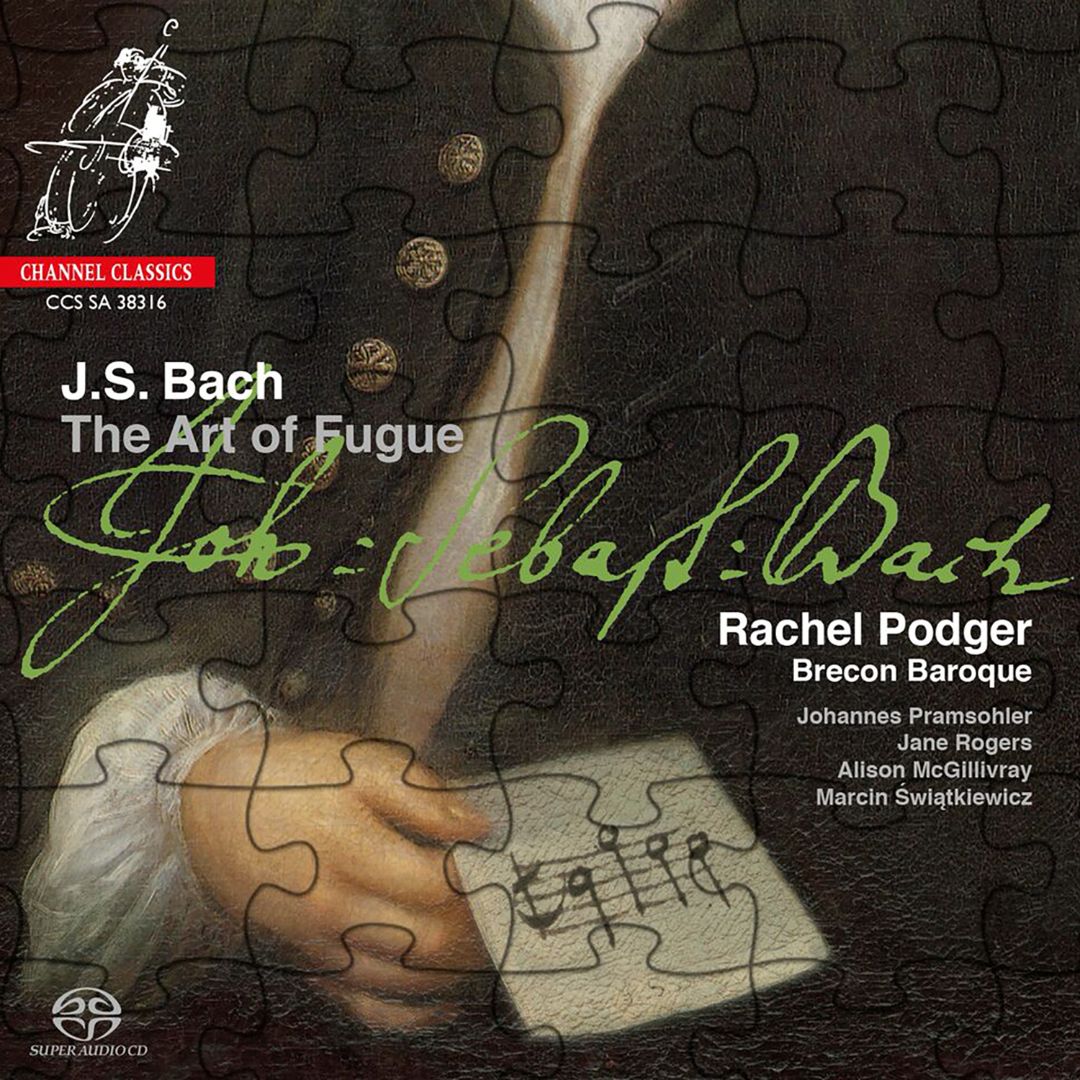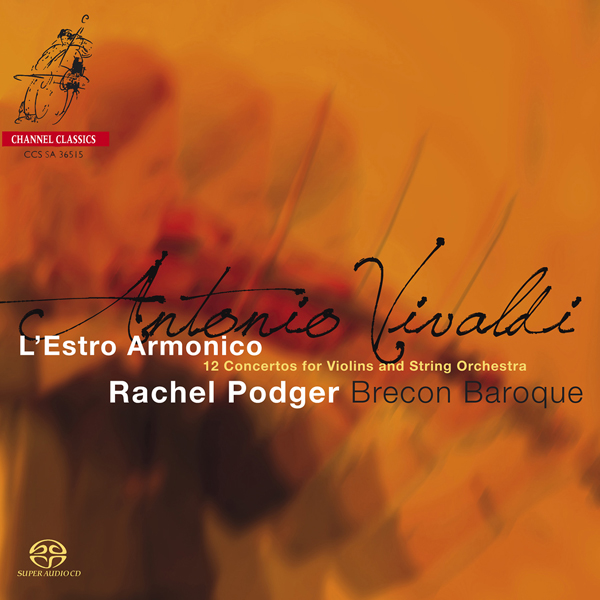
Johann Sebastian Bach – The Art of Fugue, BWV1080 – Rachel Podger, Brecon Baroque (2016)
DSF Stereo DSD128/5.64 MHz | Time – 01:10:07 minutes | 5,61 GB | Genre: Classical
Studio Masters, Official Digital Download – Source: nativeDSDmusic | Booklet, Front Cover | © Channel Classics Records
Recorded: Church of Saint Jude-on-the-Hill, 15-17 December, 2015
Fugue and the art of counterpoint are often almost bywords for Bach the composer. Certainly, from the viewpoint of many later generations, he was the first composer to make fugue the basis for a whole and complete piece of music, one that often seemed to serve no purpose beyond the ‘purely musical’. In a sense, this must surely be right: while there are countless fugal compositions before Bach, very few share the same relentless, yet expressive, cohesion, and most that were written outside the keyboard sphere were associated with a text and liturgical function. There is something about Bach’s fugal composition that immediately places it at the service of composers such as Mozart, Beethoven, Brahms and Schoenberg. For them, earlier counterpoint in the Renaissance tradition provided more a model for refined technique than for an overriding nexus of musically cohering ideas.
A new recording from violinist Rachel Podger is always worth attention. And before you even get to appreciating the first-class performances—faithful realizations of Bach’s Art of Fugue skillfully arranged for strings—you notice the immediate, vibrant presence of the instruments. The sound is stunning, reminiscent of the early days of digital recording, when listeners used to marvel at how realistic the sound was. Channel Classics has been doing this forever; we just may have forgotten how special it is when it’s done right.
For this recording there are five players who, depending on the context, cover different configurations consisting of violins, violas, cello, and harpsichord. Bach’s manuscripts and their successive incarnations (published with each voice on a separate staff) give us no fair conclusion as to performing medium or order of movements, although most of the work is playable on a keyboard instrument. That hasn’t stopped the proliferation of all manner of “realizations”, from saxophone ensemble to organ to accordion to chamber orchestra.
The choice of instrumentation here makes perfect sense, the delineation of lines, the clarity of texture, and even the expressive aspects of each player’s performance defines an approach to the work that is at once practical and musically captivating. However, no one who hears this rendition should be unaware of other similar, equally successful arrangements, particularly the one by Bernard Labadie and his Les Violons du Roy (see reviews archive), featuring a larger instrumental group and Labadie’s own completion of the final quadruple fugue.
Which brings me to my one huge complaint about this release, completely aside from its excellent performances and demonstration-quality sound: nowhere is there any information about where the transcription of the music comes from. Why can’t this simple but important detail be provided in the otherwise first-rate booklet notes? The notes are by the highly respected scholar and keyboard artist John Butt. Is the arrangement his? Who knows? And no amount of searching online reveals the answer. Great recording; outstanding performances; incomplete documentation. -David Vernier, Classics Today
Tracklist:
Johann Sebastian Bach (1685-1750)
The Art of Fugue (Die Kunst der Fuge), BWV1080
1 | Contrapunctus 1 02:50
2 | Contrapunctus 3 03:00
3 | Contrapunctus 2 02:30
4 | Contrapunctus 4 03:42
5 | Canon alla Ottava 02:16
6 | Contrapunctus 9 ‘alla Duodecima’ 02:28
7 | Contrapunctus 10 ‘alla Decima’ 03:50
8 | Contrapunctus 5 02:53
9 | Contrapunctus 6 ‘in Stylo Francese’ 02:53
10 | Contrapunctus 7 ‘per Augmentationem alla Terza’ 03:31
11 | Contrapunctus 8, a 3 05:53
12 | Contrapunctus 11, a 4 05:43
13 | Canon alla Duodecima 03:47
14 | Contrapunctus 12, a 4 03:50
15 | Canon alla Decima 04:28
16 | Contrapunctus 13, a 3 04:38
17 | Canon per Augmentationem in Contrario Motu 03:24
18 | Contrapunctus 14 08:24
Brecon Baroque:
Rachel Podger Violin, Pesarinius, 1739
Johannes Pramsohler Violin, David Teccler, Rome 1743 Viola, Jan Pawlikowski made in 2008 in Kraków
Jane Rogers Viola, Patrick Robin, courtesy loan from the Royal Academy of Music
Alison McGillivray 5-string cello by Wang Zhi Ming 2009
Marcin Świątkiewicz Harpsichord, Flemish ‘ravelment’ double manual after Ruckers 1628, by Andrew Wooderson, Bexley 1999
DSD128
mqs.link_BachJ.S.TheArtfFugueBWV1080RachelPdgerBrecnBarque2016nativeDSDmusicDSD128.part1.rar
mqs.link_BachJ.S.TheArtfFugueBWV1080RachelPdgerBrecnBarque2016nativeDSDmusicDSD128.part2.rar
mqs.link_BachJ.S.TheArtfFugueBWV1080RachelPdgerBrecnBarque2016nativeDSDmusicDSD128.part3.rar
mqs.link_BachJ.S.TheArtfFugueBWV1080RachelPdgerBrecnBarque2016nativeDSDmusicDSD128.part4.rar
mqs.link_BachJ.S.TheArtfFugueBWV1080RachelPdgerBrecnBarque2016nativeDSDmusicDSD128.part5.rar
mqs.link_BachJ.S.TheArtfFugueBWV1080RachelPdgerBrecnBarque2016nativeDSDmusicDSD128.part6.rar




















![Rachel Podger, Brecon Baroque - The Muses Restor'd (2024) [FLAC 24bit/192kHz] Rachel Podger, Brecon Baroque - The Muses Restor'd (2024) [FLAC 24bit/192kHz]](https://imghd.xyz/images/2024/05/25/x2tr5w2hk2lia_600.jpg)
![Rachel Podger, Brecon Baroque, Modestas Pitrenas - Bach: Goldberg Variations Reimagined (2023) [FLAC 24bit/192kHz] Rachel Podger, Brecon Baroque, Modestas Pitrenas - Bach: Goldberg Variations Reimagined (2023) [FLAC 24bit/192kHz]](https://imghd.xyz/images/2023/11/20/hi39ir7v2ovaa_600.jpg)
![Rachel Podger - Tutta sola (2022) [FLAC 24bit/192kHz] Rachel Podger - Tutta sola (2022) [FLAC 24bit/192kHz]](https://imghd.xyz/images/2022/12/18/nasasphjvmbna_6002f6540ba0228ab21.jpg)
![Rachel Podger - The Muses Restor'd (2024) [24Bit-192kHz] FLAC [PMEDIA] ⭐️ Rachel Podger - The Muses Restor'd (2024) [24Bit-192kHz] FLAC [PMEDIA] ⭐️](https://imageurl.xyz/images/2024/05/27/ab67616d0000b273c2f48069a830ccaae34a78fa.jpg)
![Glenn Gould - The Complete Columbia Album Collection (2015 Remastered Edition) [Qobuz FLAC 24bit/44,1kHz] Glenn Gould - The Complete Columbia Album Collection (2015 Remastered Edition) [Qobuz FLAC 24bit/44,1kHz]](https://getimg.link/images/imgimgimg/uploads/2017/07/2bHwfbA.jpg)
![Rachel Podger - J.S. Bach: Cello Suites (2019) [FLAC 24bit/192kHz] Rachel Podger - J.S. Bach: Cello Suites (2019) [FLAC 24bit/192kHz]](https://getimg.link/images/imgimgimg/uploads/2020/04/t9UDl2m.jpg)
![Rachel Podger, Brecon Baroque - Vivaldi: Le Quattro Stagioni (2018) [nativeDSDmusic DSF DSD128/5.64MHz + FLAC 24bit/96kHz] Rachel Podger, Brecon Baroque - Vivaldi: Le Quattro Stagioni (2018) [nativeDSDmusic DSF DSD128/5.64MHz + FLAC 24bit/96kHz]](https://getimg.link/images/imgimgimg/uploads/2019/07/IFgaGhM.jpg)
![Rachel Podger, Brecon Baroque - Bach: The Art of Fugue, BWV1080 (2016) [nativeDSDmusic DSF DSD64/2.82MHz] Rachel Podger, Brecon Baroque - Bach: The Art of Fugue, BWV1080 (2016) [nativeDSDmusic DSF DSD64/2.82MHz]](https://getimg.link/images/imgimgimg/uploads/2018/09/vXHAU0i.jpg)
![Johann Sebastian Bach - The Art of Fugue, BWV1080 - Rachel Podger, Brecon Baroque (2016) [FLAC DSF DSD64/2.82MHz] Johann Sebastian Bach - The Art of Fugue, BWV1080 - Rachel Podger, Brecon Baroque (2016) [FLAC DSF DSD64/2.82MHz]](https://getimg.link/images/imgimgimg/uploads/2020/08/vXHAU0i.jpg)
![Rachel Podger, Kristian Bezuidenhout - C.P.E. Bach: Sonatas for Keyboard & Violin (2023) [FLAC 24bit/192kHz] Rachel Podger, Kristian Bezuidenhout - C.P.E. Bach: Sonatas for Keyboard & Violin (2023) [FLAC 24bit/192kHz]](https://imghd.xyz/images/2023/05/31/v235u464qolma_600.jpg)
![Maria Callas - Remastered The Complete Studio Recordings 1949-1969 (2014) [Qobuz FLAC 24bit/96kHz] Maria Callas - Remastered The Complete Studio Recordings 1949-1969 (2014) [Qobuz FLAC 24bit/96kHz]](https://getimg.link/images/imgimgimg/uploads/2018/12/Vw7IHlv-1.jpg)
![Zuzana Ruzickova - J.S. Bach: The Complete Keyboard Works (2016) [FLAC 24bit/96kHz] Zuzana Ruzickova - J.S. Bach: The Complete Keyboard Works (2016) [FLAC 24bit/96kHz]](https://getimg.link/images/imgimgimg/uploads/2018/09/r94XYtX.jpg)


![Rachel Podger & Brecon Baroque - J. S. Bach: Violin Concertos (2010) [DSF DSD64/2.82MHz] Rachel Podger & Brecon Baroque - J. S. Bach: Violin Concertos (2010) [DSF DSD64/2.82MHz]](https://getimg.link/images/imgimgimg/uploads/2018/12/poSvxRa.jpg)